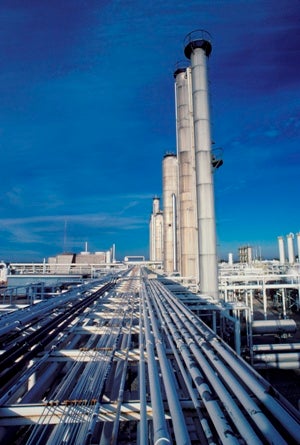The International Energy Agency (IEA) released its Annual World Energy Outlook this week with the headline that the U.S. could become a net exporter of natural gas by 2020 and essentially energy independent by 2035.
This transformation is a direct result of the private-sector innovation and investments to develop new oil and gas extraction techniques such as horizontal drilling and hydraulic fracturing, which is allowing for a massive expansion of gas and oil recovery.
Given the strong safety record of these techniques and the massive economic potential they provide, it is regrettable that the Obama Administration continues to create barriers to expansion when the opportunity arises.
The most recent effort is the Interior Department’s November 9 announcement that it would keep 1.6 million acres of land in the American West off-limits to energy production. The plan limits oil shale research and development to 677,000 acres in Colorado, Utah, and Wyoming and oil sands R&D on 130,000 acres in Utah.
The problem is that these are precisely the types of barriers that will prevent the U.S. from maximizing its energy potential and meeting or exceeding the IEA’s energy projections. While R&D activities are imperative, there is no good reason to artificially limit energy production to those activities.
The ostensible excuse for the limits is environmental protection. But the fact is that energy companies would have to follow strict local, state, and federal environmental guidelines no matter what they do. If they can’t produce the energy safely, they won’t be allowed. That is why they put so much effort into developing extraction methods that protect human health and safety.
Instead of putting limits on energy development, the Obama Administration should build on what has worked over the past four years. The IEA makes this quite clear. It says that the promise of energy independence comes from oil and gas expansion. This expansion has occurred predominantly on state and private lands that that do not fall under federal regulatory jurisdiction and are instead regulated by states.
President Obama should recognize the incentives that states have to protect their environment while developing their resources—and the success that approach has yielded—by expanding state-based energy permitting.
Doing so gives the U.S. an opportunity to meet the IEA’s projections. Making 1.6 million acres of federal land off-limits to energy development does not.
